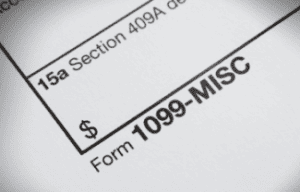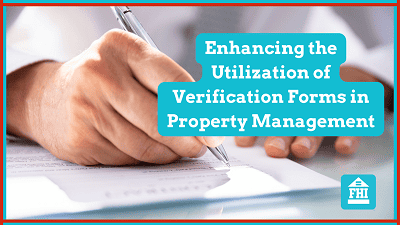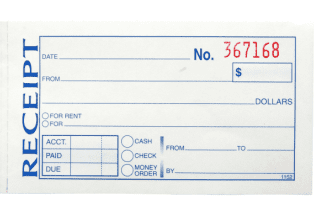4 Must-Have Lease Provisions

Take the case of a lease dispute. Because the landlord is the one who drafted the lease, they will have to live with it — for better or for worse.
Unfortunately, some leasing errors occur simply because the landlord omits or modifies paragraphs in the “boiler plate”– those seemingly unimportant provisions at the end of most lease forms that no one ever reads.
But by making changes to the fine print, a landlord could change the inevitable outcome of a lease dispute. Here are a few things to watch out for:
Contract? What Contract?
Your signature on the lease is not the one that matters. Unless you can show the tenants signature on the lease, it is not a lease.
Be especially careful when using fax or email, or online lease services. If the signature gets lost, the same is true of your legal options.
Make sure you can access a hard copy original if you have to.
This mistake is easy to make when you use form leases because the signature lines are often omitted, or not set for multiple or corporate signatures.
But, You Said You’d Let it Slide!
Landlords don’t always catch tenants breaking the rules. But if the landlord sees a problem and does nothing, that can have legal consequences.
Now, youve opened the door to the tenant saying that the lease is no longer binding.
One important safeguard is to provide in your lease that any modifications of the terms must be in writing, with signatures, to be valid.
Buried in the fine print, the modification clause restricts verbal modifications. If your tenant gets the wrong impression that you have changed the lease, with the modification clause in place, chances are they can’t bring up that argument.
Try to Keep it Together!
Often times a lease is more than one document. There are add-ons, like house rules, a no-smoking policy, pet addendum, or disclosure pages. An integration clause is a piece of fine print that serves as a legal paper clip, tying all those documents together. At the same time, the clause prohibits the tenant from slipping in other forms that they claim were a part of the lease agreement. Look for language that provides that the lease being signed — and all attached pages, make up the full and final agreement between the parties.
Cutting Your Losses
A severability clause states that if one provision of the lease is deemed illegal, the rest of it can stand. While this seems like legal mumbo jumbo, this clause can save the day in a situation where an inadvertent illegality is not central to the lease. Without it, the entire lease could be unenforceable.
Adding Up the Charges
Many lease forms place the all-important remedies provisions of the lease in the fine print. This can create the impression that these terms do not have to be modified for your property.
Dont assume that you can charge interest, or add attorney’s fees and the costs of a dispute to the claim against a tenant, without first checking your local laws for any restrictions. Those terms must be included in writing, but at the same time, they cannot contradict the law. If they do, hope that you have a severability clause!
With AAOA, landlords have resources at their fingertips. Check out our Landlord Forms page.
American Apartment Owners Association offers discounts on products and services for landlords related to your rental housing investment, including rental forms, tenant debt collection, tenant background checks, insurance and financing. Find out more at www.joinaaoa.org.















 Accessibility
Accessibility